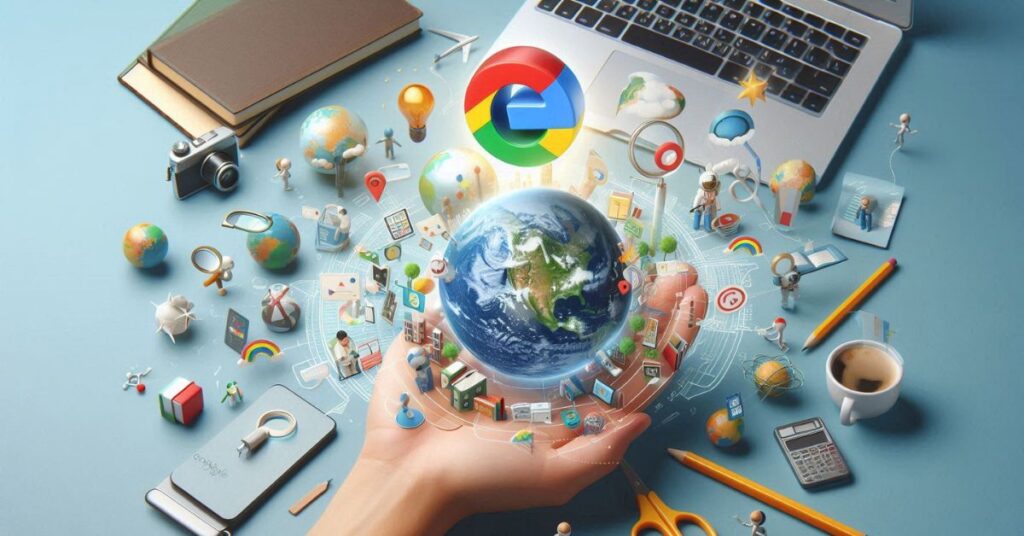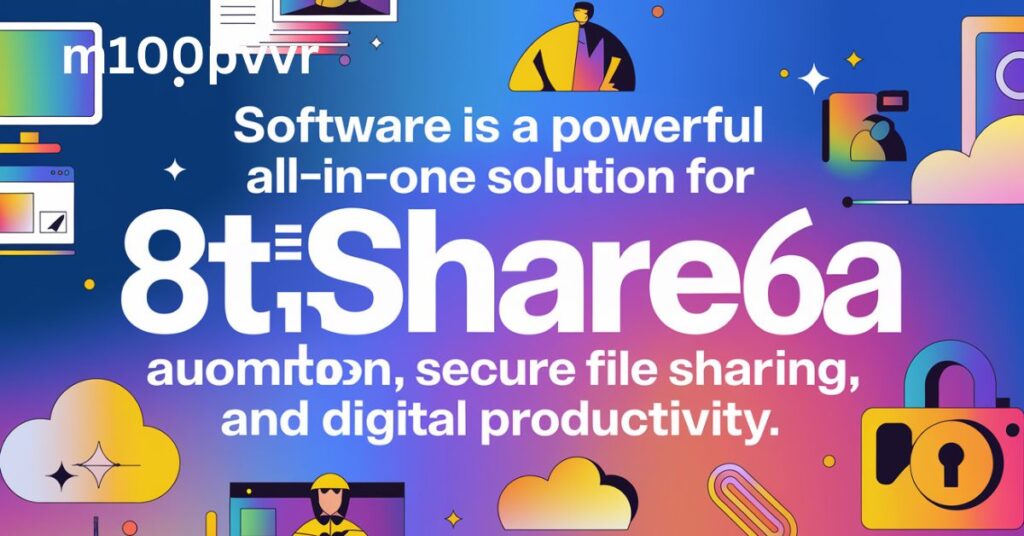Let’s be honest—most of us have daydreamed about seeing the world. Whether it’s the streets of New York, the mountains in Nepal, or the deserts in Africa, the world is full of places we wish we could visit. But here’s the thing: you don’t always need a passport or a plane ticket to explore it.
There’s this amazing tool called Google Earth, and it lets you zoom in on almost any place on the planet, right from your phone or computer. You may have heard the term “Googlediqiu”—it sounds unusual if you’re not familiar with it, but it’s actually pretty simple.
What is “Googlediqiu”?
“Googlediqiu” is just how some people refer to Google Earth, especially in Chinese-speaking regions. It combines “Google” with the Chinese word “dìqiú” (地球), which means “Earth.” So, in short, Googlediqiu means Google Earth.
It’s not a different app or version—just a different way people search for or talk about it. Someone might type “googlediqiu” when they’re using pinyin (the Roman alphabet version of Chinese) to find the Google Earth platform.
So, What Exactly Is Google Earth?
Google Earth is like a digital globe. You can spin it, zoom in, and explore anywhere in the world. It uses satellite photos and other data to give you detailed views of real places. You can see entire continents, specific buildings, or even your own street.
Whether you want to look at landscapes, see cities from above, or explore faraway countries, Google Earth makes it possible—all without leaving your home.
What Can You Do with It?
Honestly, a lot. Here’s just a quick breakdown of what makes it so cool:
Zoom Anywhere
Want to see what the beaches in Australia look like? Or how tightly packed the houses are in Tokyo? Just type the place in, and you’re there.
Street View
You can actually drop into many streets and look around like you’re standing there. It’s perfect for checking out places you’ve never been or just having fun exploring.
Time Travel
Not real time travel, of course—but Google Earth lets you look at older images of some places. You can see how an area has changed over the years, which is amazing for cities and natural landscapes.
Voyager
This feature offers guided journeys. These are basically stories or lessons built right into Google Earth—covering history, nature, science, and culture. It’s like going on a mini field trip.
Measure Things
Want to know how far your house is from the nearest river? Or how big a farm is? You can use Google Earth’s measuring tool to find out.
Who Uses Googlediqiu?
Pretty much everyone. Here are a few examples:
- Students and teachers use it to explore geography and history.
- Travel lovers check out places before visiting.
- Scientists use it to study environmental changes.
- Reporters and researchers use it to map areas or track real-world events.
- And some people just enjoy using it for fun, zooming around and finding weird or interesting sights.
How to Get Started
It’s very simple:
- On your computer: Go to earth.google.com. It works right in your web browser—no need to install anything.
- On your phone: Download the Google Earth app from the App Store or Google Play.
- For more advanced use: Download Google Earth Pro on a computer if you need more features like saving images or importing map data.
And yes, you can change the language in the settings if you prefer using it in Chinese or another language.
Is It Free?
Yes, it’s 100% free. Google doesn’t charge anything to use Google Earth. You just need internet access. Some features work better with a faster connection, especially 3D and Street View images, but it won’t cost you anything to explore.
Limitations to Keep in Mind
As great as it is, Google Earth isn’t perfect:
- Not all images are current. Some might be a few years old, depending on the area.
- You need a good internet connection for smooth 3D views.
- In some regions like mainland China, Google services may be blocked unless you’re using a VPN.
- Certain areas (like military zones) might be blurred out for security reasons.
Alternatives in China
Since Google Earth isn’t always accessible in China, users there often turn to local mapping tools. These include:
- Baidu Maps: Offers satellite views and directions.
- Tianditu: Run by the government, with good detail.
- Gaode (Amap): Popular on mobile, especially for navigation.
- But let’s be honest: While these tools work, they don’t offer the same rich experience that Google Earth gives.
Why Googlediqiu Matters
Even though it’s just a different way of saying “Google Earth,” the term “Googlediqiu” shows how global the internet is. People from different countries and languages are using the same tools in their own way. That’s pretty powerful.
Whether you’re using it for school, for travel, for work, or just to satisfy your curiosity, Googlediqiu opens up the world to you. You don’t need a visa or a suitcase—just a screen and a bit of time.
Final Thoughts
In the end, Googlediqiu is just another name for something amazing—a tool that lets you explore Earth from anywhere. Whether you’re tracking how cities grow, dreaming about future trips, or teaching your kids about geography, it’s an incredible resource.
So the next time you’re bored or curious, give it a try. Type in a random city, spin the globe, zoom in on a mountain range. You’ll be surprised how fun and educational it can be.
And now, if you ever come across the word “googlediqiu,” you’ll know exactly what it means—and how to use it.



